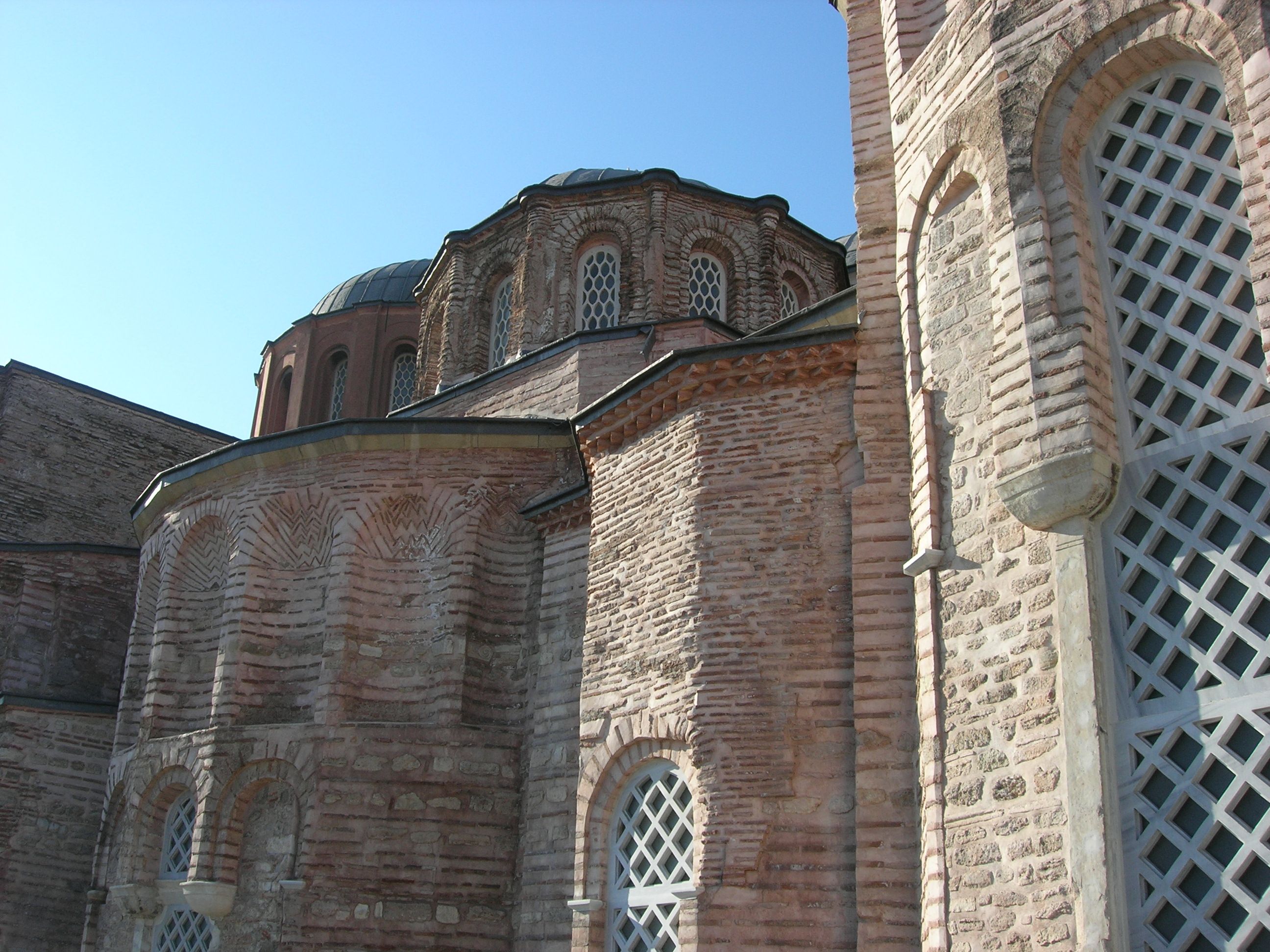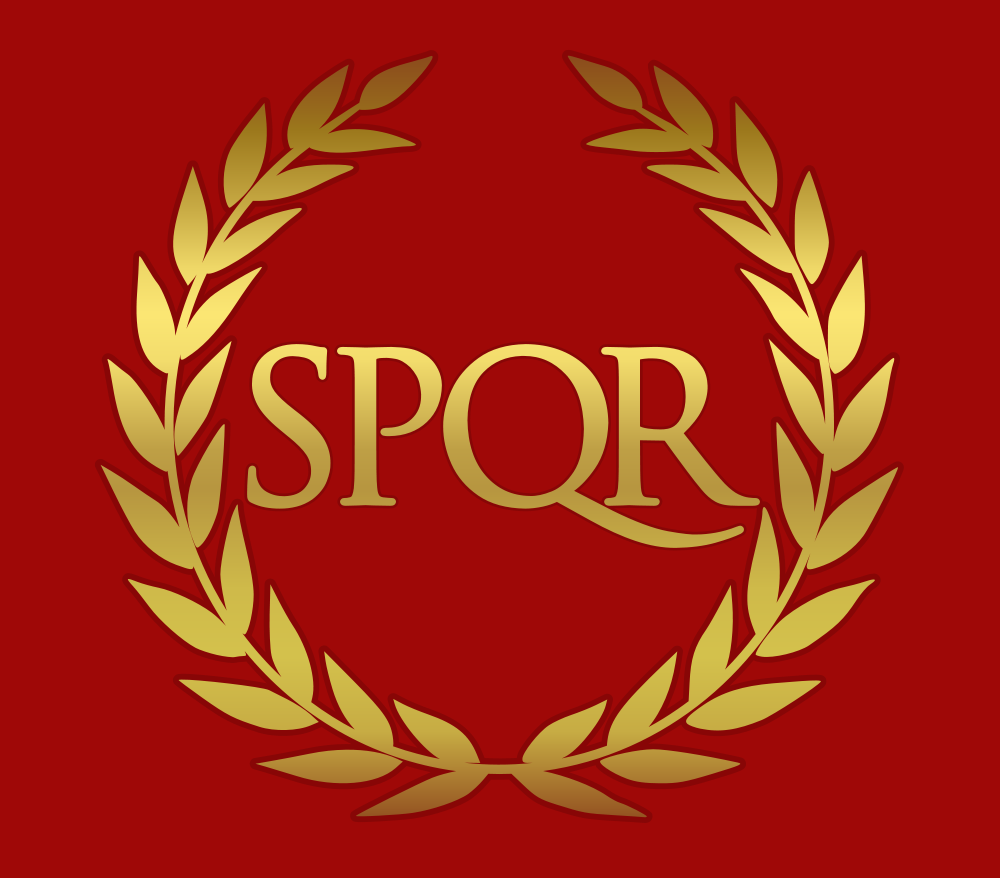|
List Of Mosques In Istanbul
Istanbul, as the capital of the Ottoman Empire since 1453 and the largest city in the Middle East, contains a great number of mosques. In 2007, there were 2,944 active mosques in Istanbul. Byzantine buildings These Byzantine structures were converted to mosques by the Ottomans. * Arap Mosque *Atik Mustafa Pasha Mosque * Bodrum Mosque *Eski Imaret Mosque * Fenari Isa Mosque *Hirami Ahmet Pasha Mosque *Gül Mosque *Hagia Sophia Mosque * Chora Church now Kariye Mosque. * Kalenderhane Mosque * Kasim Aga Mosque * Kefeli Mosque *Koca Mustafa Pasha Mosque *Little Hagia Sophia * Pammakaristos Church * Sancaktar Hayrettin Mosque * Vefa Kilise Mosque *Zeyrek Mosque Ottoman mosques *Eyüp Sultan Mosque, 1458 * Mahmut Pasha Mosque, Eminönü, 1463 *Fatih Mosque, 1470 * Murat Pasha Mosque, Aksaray, 1471 * Rum Mehmed Pasha Mosque, 1471 * Firuz Ağa Mosque, 1491 * Bayezid II Mosque, 1506 *Yavuz Selim Mosque, 1527/28 * Piri Mehmed Pasha Mosque, 1530–31 *Haseki Sultan Mosque, 1539 * D ... [...More Info...] [...Related Items...] OR: [Wikipedia] [Google] [Baidu] |
Istanbul
Istanbul ( , ; tr, İstanbul ), formerly known as Constantinople ( grc-gre, Κωνσταντινούπολις; la, Constantinopolis), is the List of largest cities and towns in Turkey, largest city in Turkey, serving as the country's economic, cultural and historic hub. The city straddles the Bosporus strait, lying in both Europe and Asia, and has a population of over 15 million residents, comprising 19% of the population of Turkey. Istanbul is the list of European cities by population within city limits, most populous European city, and the world's List of largest cities, 15th-largest city. The city was founded as Byzantium ( grc-gre, Βυζάντιον, ) in the 7th century BCE by Ancient Greece, Greek settlers from Megara. In 330 CE, the Roman emperor Constantine the Great made it his imperial capital, renaming it first as New Rome ( grc-gre, Νέα Ῥώμη, ; la, Nova Roma) and then as Constantinople () after himself. The city grew in size and influence, eventually becom ... [...More Info...] [...Related Items...] OR: [Wikipedia] [Google] [Baidu] |
Kalenderhane Mosque
Kalenderhane Mosque ( tr, Kalenderhane Camii) is a former Eastern Orthodox Church, Eastern Orthodox church (building), church in Istanbul, converted into a mosque by the Ottoman Empire, Ottomans. With high probability the church was originally dedicated to the Theotokos Kyriotissa. The building is sometimes referred to as Kalender Haneh Jamissi and St. Mary Diaconissa. This building represents one among the few extant examples of a Byzantine Architecture, Byzantine church with domed Greek cross plan. Location The mosque is located in the Fatih district of Istanbul, Turkey, in the picturesque neighborhood of Vefa, and lies immediately to the south of the easternmost extant section of the Valens Aqueduct, aqueduct of Valens, and less than one km to the southeast of the Vefa Kilise Mosque. History The first building on this site was a Thermae, Roman bath, followed by a sixth-century (the dating was based on precise coin finds in Stratification (archeology), stratigraphic excavatio ... [...More Info...] [...Related Items...] OR: [Wikipedia] [Google] [Baidu] |
Istanbul - Mesquita De Mihrimah
) , postal_code_type = Postal code , postal_code = 34000 to 34990 , area_code = +90 212 (European side) +90 216 (Asian side) , registration_plate = 34 , blank_name_sec2 = GeoTLD , blank_info_sec2 = .ist, .istanbul , website = , blank_name = GDP (Nominal) , blank_info = 2021 , blank1_name = - Total , blank1_info = US$ 248 billion , blank2_name = - Per capita , blank2_info = US$ 15,666 , blank3_name = HDI (2019) , blank3_info = 0.846 () · 1st , timezone = TRT , utc_offset = +3 , module = , name = , government_type = Mayor–council government , governing_body = Municipal Council of Istanbul , image_shield = , established_date = 11 May 330 AD , im ... [...More Info...] [...Related Items...] OR: [Wikipedia] [Google] [Baidu] |
Zeyrek Mosque
'' '' tr, Zeyrek Camii'' , image = Molla Zeyrek Camii.jpg , image_size = 300px , caption =The mosque viewed from north east. From left to right, one can see the apses of the ''Church of Christ Pantocrator'', the ''Imperial Chapel'' and the ''Church of the Theotokos Eleousa''. , image_upright = 1.2 , map_type = Istanbul Fatih , map_size = , map_caption = Location in the Fatih district of Istanbul , location = Istanbul, Turkey , coordinates = , latitude = , longitude = , religious_affiliation = Sunni Islam , rite = , region = , state = , province = , territory = , prefecture = , sector = , consecration_year = Shortly after 1453 , status = , architecture = yes , architect = , architecture_typ ... [...More Info...] [...Related Items...] OR: [Wikipedia] [Google] [Baidu] |
Vefa Kilise Mosque
Church-Mosque of Vefa ( tr, Vefa Kilise Camii, meaning "the church mosque of Vefa", to distinguish it from the other ''kilise camiler'' of Istanbul: also known as ''Molla Gürani Camii'' after the name of his founder) is a former Eastern Orthodox church converted into a mosque by the Ottomans in Istanbul. The church was possibly dedicated to Hagios Theodoros (St. Theodore,Janin (1953), p. 155 in el, ), but this dedication is far from certain.Mathews (1976), p. 386. The complex represents one of the most important examples of Comnenian and Palaiologan architecture of Constantinople. Location The building lies in Istanbul, in the district of Fatih, in the neighborhood of Vefa. It is situated less than one kilometer to the northwest of the other great Byzantine building in Vefa (the mosque of Kalenderhane), and a few hundred meters south of the Süleymaniye Mosque. History The origin of the building, which lies on the southern slope of the third hill of Constantinople, is not ... [...More Info...] [...Related Items...] OR: [Wikipedia] [Google] [Baidu] |
Sancaktar Hayrettin Mosque
Sancaktar Hayrettin Mosque ( tr, Sancaktar Hayrettin Câmîi; also ''Sancaktar Hayrettin Mescidi'', where ''Mescit'' is the Turkish word for a small mosque, or ''Sancaktar Mescidi'') is part of a former Eastern Orthodox monastery converted into a mosque by the Ottomans. It is generally believed that the small building belonged to the Byzantine Monastery of Gastria ( el, , ''Monē tōn Gastríōn'', meaning "Monastery of the Vases"). The edifice is a minor example of Palaiologan architecture in Constantinople, and is important for historical reasons. Location The medieval structure, choked by artisan shops, lies in Istanbul, in the district of Fatih, in the neighborhood of Kocamustafapaşa (historically Samatya), on ''Teberdar Sokak'', about five hundred meters north east of the Kocamustafapaşa station of the suburban railway line between Sirkeci and Halkalı. History The origin of this building, which lies on the southern slope of the seventh hill of Constantinople and overl ... [...More Info...] [...Related Items...] OR: [Wikipedia] [Google] [Baidu] |
Pammakaristos Church
The Pammakaristos Church, also known as the Church of Theotokos Pammakaristos ( el, , "All-Blessed Mother of God"), is one of the most famous Byzantine churches in Istanbul, Turkey, and was the last pre- Ottoman building to house the Ecumenical Patriarchate. Converted in 1591 into the Fethiye Mosque ( tr, Fethiye Camii, "mosque of the conquest"), it is today partly a museum housed in a side chapel or parekklesion. One of the most important examples of Constantinople's Palaiologan architecture, the church contains the largest quantity of Byzantine mosaics in Istanbul after the Hagia Sophia and Chora Church. The church-mosque is in the Çarşamba neighbourhood of the Fatih district inside the walled city of Istanbul. History Most scholars believe that the church was built between the eleventh and twelfth centuries. Many historians and archaeologists attribute the original structure to Michael VII Ducas (1071–1078); others put its foundation in the Comnenian period ... [...More Info...] [...Related Items...] OR: [Wikipedia] [Google] [Baidu] |
Little Hagia Sophia
Little Hagia Sophia Mosque (church) ( tr, Küçük Ayasofya Camii), formerly the Church of Saints Sergius and Bacchus ( el, , ''Ekklēsía tôn Hagíōn Sergíou kaì Bákchou en toîs Hormísdou''), is a former Greek Eastern Orthodox church dedicated to Saints Sergius and Bacchus in Constantinople, built between 532 and 536, and converted into a mosque during the Ottoman Empire. This Byzantine building with a central dome plan was erected in the sixth century by Justinian; despite its Turkish name, it likely was not a model for Hagia Sophia ("Holy Wisdom"), with which its construction was contemporary, but it is nonetheless one of the most important early Byzantine buildings in Istanbul. It was recognized at the time by Procopius as an adornment to the entire city, and a modern historian of the East Roman Empire has written that the church "by the originality of its architecture and the sumptuousness of its carved decoration, ranks in Constantinople second only to S ... [...More Info...] [...Related Items...] OR: [Wikipedia] [Google] [Baidu] |






